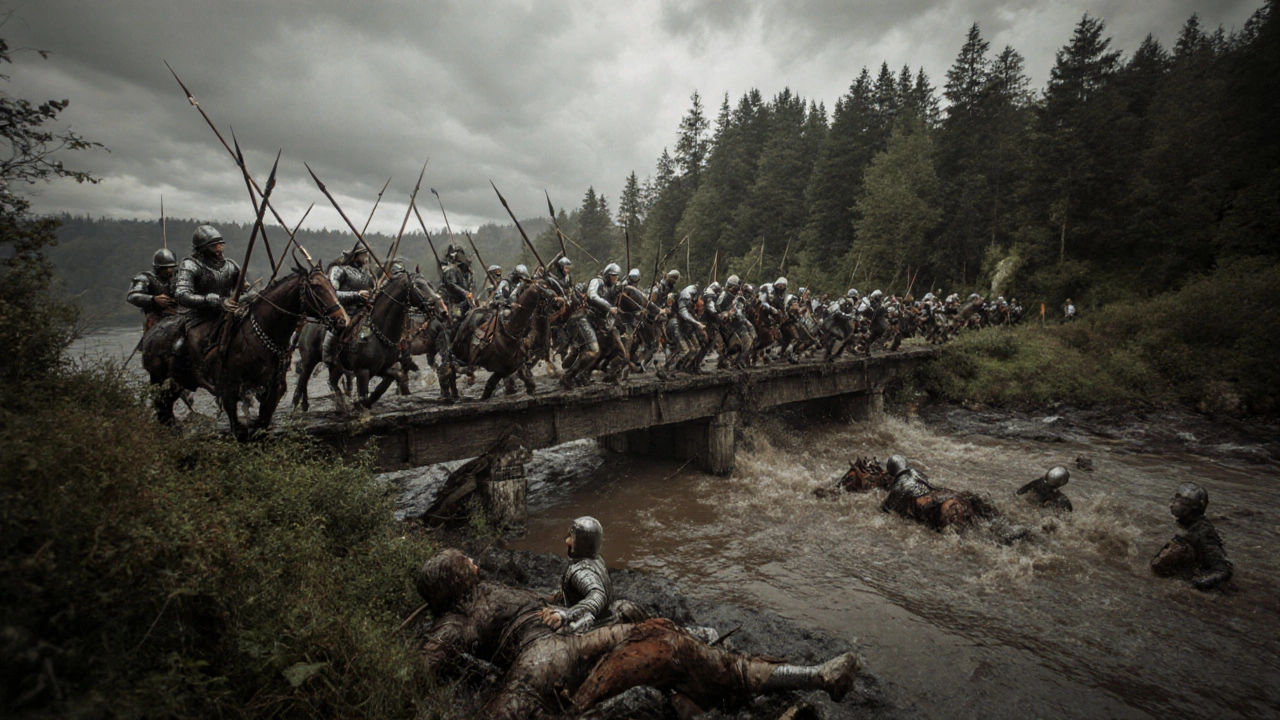Stirling Bridge History: Origins, Secrets, and Its Role in Scotland's Past
When you think of Stirling Bridge, a narrow stone crossing over the River Forth that once stood at the heart of medieval Scotland. Also known as the Old Bridge of Stirling, it wasn’t just a way to cross water—it was a choke point that decided wars, shifted power, and became a symbol of Scottish resistance. Built in the 13th century, this bridge was the only reliable crossing for miles, making it the perfect place to ambush an army. And that’s exactly what happened in 1297.
The Battle of Stirling Bridge, a turning point in the First War of Scottish Independence wasn’t fought on open fields. It was won because of the bridge’s design—too narrow for more than two horsemen to ride side by side. English forces, confident in their numbers, marched across in tight formation. Scottish leaders, led by William Wallace, a Scottish knight who rose from humble roots to lead a rebellion against English rule, waited. When half the English army was over, they cut the bridge behind them and attacked. Thousands drowned or were crushed. It wasn’t just a victory—it was a statement that Scotland wouldn’t be controlled by force.
The bridge itself didn’t last. By the 1700s, it was replaced by a wider structure, and today, only fragments remain near the modern Stirling Bridge. But its legacy? Still alive. The site draws history lovers, school groups, and tourists who want to stand where Wallace stood and imagine the chaos of that day. Nearby, the National Wallace Monument watches over the river, a silent tribute to the moment the bridge changed everything.
What you’ll find in the posts below aren’t just dry facts about stone and steel. You’ll see how this one crossing shaped Scotland’s identity, how it’s remembered in local stories, and why even today, people come here not just to see ruins—but to feel the weight of history.

Battle of Stirling Bridge 1297: William Wallace and Scotland’s First Major Victory
Caleb Drummond Nov 20 11The Battle of Stirling Bridge in 1297 was Scotland’s first major victory against English rule, led by William Wallace. Using terrain and timing, Scottish forces crushed a larger English army, sparking a rebellion that led to independence.
More Detail